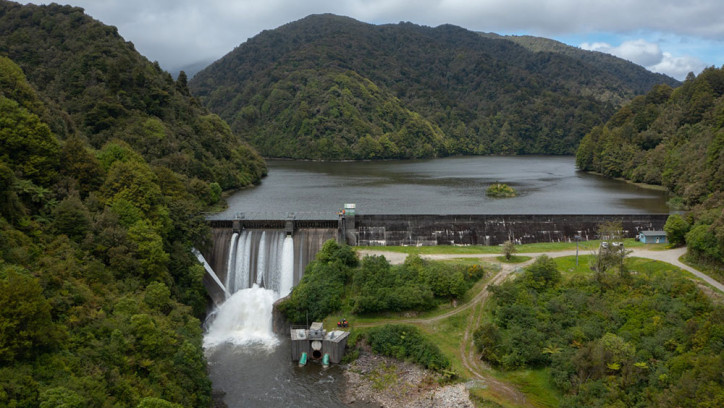Background to the regulations
Last updated: 13 May 2024

The regulations help to protect people, property and the environment from the potential impacts of dam failure.
Purpose of the regulations
The regulations came into force on 13 May 2024.
The regulations were made to provide a nationally consistent approach to dam safety, protecting people, property and the environment from the potential impacts of dam failure.
Until these regulations were made, Aotearoa /New Zealand did not have a consistent regulatory dam safety framework. This is in contrast with almost all other countries who are members of the Organisation for Economic Co-operation and Development (OECD). The absence of a dam safety framework, puts people, property, and the environment at unnecessary risk, should a dam fail.
Refer to the Building (Dam Safety) Regulations 2022 - legislation.govt.nz
Dams impacted by the regulations
If a dam is 4 or more metres in height and stores 20,000 or more cubic metres volume of water, or other fluid, it is a classifiable dam and is impacted by the regulations.
Learn how to work out if your dam is classifiable.
Development of the regulations
When preparing the regulations, MBIE took into consideration the current terminology used in the 2015 New Zealand Dam Safety Guidelines. During the development of the regulations, MBIE engaged with the Technical Working Group for Dam Safety, comprising of representatives from New Zealand Society on Large Dams (NZSOLD), regional authorities, dam owners, and other industry advocates and professionals. MBIE has also worked closely with Engineering New Zealand Te Ao Rangahau on the Recognised Engineer qualification and competency requirements.
The regulations were also informed by feedback received from MBIE's public consultation on dam safety in 2019. The consultation document and a summary of submissions are available on the MBIE website.
The two-year timeframe between the regulations being made (12 May 2022) and coming into force (13 May 2024) was to allow time for dam owners, technical practitioners, Recognised Engineers and regional authorities to understand and prepare for the regulations. For example, so dam owners could check if their dam is large enough to be impacted by the regulations.
Following additional targeted consultation, in March 2024 the Government decided to raise the height and volume thresholds for classifiable dams to four metres or higher and 20,000 or more cubic metres of stored liquid.
The change means that fewer smaller dams are impacted by the regulations. It also means that specialist engineering resources are focussed on dams that represent the greatest risk to people and property downstream, and that owners of classifiable dams can efficiently meet their obligations under the regulations.
The higher threshold aligns better with the building consent threshold, that is, if a dam owner doesn’t need a consent to build the dam, then it won’t need to be classified after construction.
Consultation document on the proposed regulatory framework for dam safety – mbie.govt.nz
Summary of submissions on the proposed regulatory framework for dam safety - mbie.govt.nz
Support for dam owners
Since the regulations were made on 12 May 2022, MBIE has been working with industry groups and regional authorities to ensure dam owners are aware of the regulations and have information and resources available to help them understand their responsibilities and comply with the regulations.
MBIE has prepared a range of resources to support implementation of the new regulations. This includes a resource to help dam owners determine if they are impacted by the regulations. The resources will also help technical practitioners and regional authorities with their responsibilities.
Resources for dam owners, technical practitioners, and regional authorities.